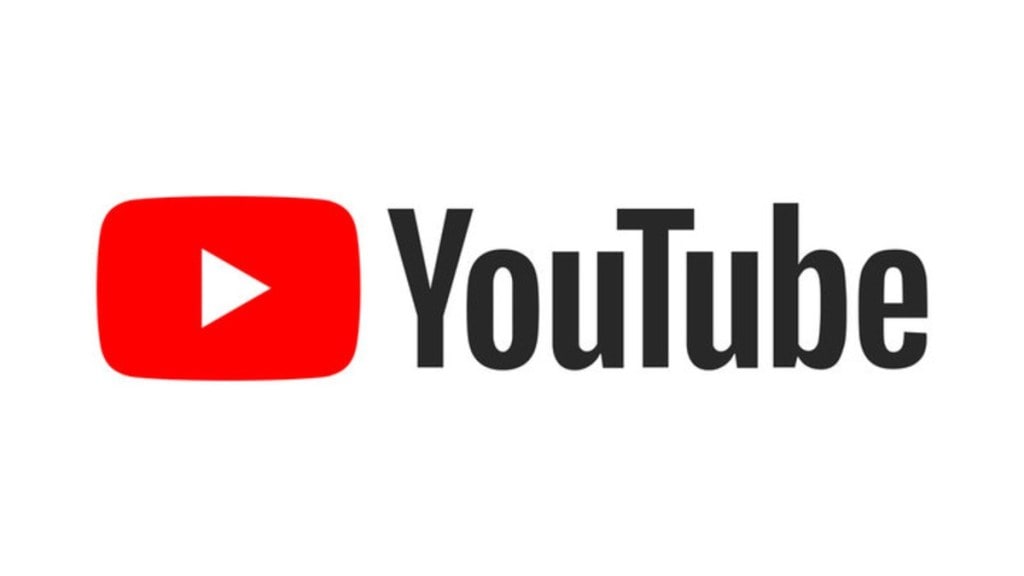Many YouTubers who create content on current affairs have alleged that Asian News International (ANI) has demanded exorbitant sums for using the latter’s clips without its permission. Anvitii Rai looks at both sides of the argument and the copyright laws that lie at the centre of this debate
l Why YouTubers are upset with ANI
ON SUNDAY, YOUTUBER Mohak Mangal, who makes video commentaries and explainers, in a video titled “Dear ANI”, accused the news agency of demanding Rs 40-50 lakh from him for using its clips in his videos. He also alleged that ANI has done this with other content creators, with some having shelled out these sums in exchange for an annual subscription wherein they were permitted to use the video clips. Mangal claimed that ANI issued multiple strikes on his videos for using a few seconds of footage under what he described was “fair use.”Meanwhile, media collaborative The Reporter’s Collective (TRC) has alleged that this modus operandi allowed the agency to “negotiate pricey licensing deals with YouTubers” through copyright strikes, a YouTube mechanism that allows content owners, or rightsholders, to claim their content has been used without permission. YouTube strikes down a video when it receives a claim of copyright infringement against a YouTuber. Receiving three of these within a 90-day period leads to the termination of the channel.
l What has been ANI’s stance
AS PER THE law,ANI has the right to enforce its copyright over news footage. Original news gatherers, as in news agency or print media or television channels, deploy significant resources for content production and have been trying to make Big Tech accountable for the profits they make off linking to news articles and videos. In response to TRC’s queries, ANI issued a statement which said: “As the exclusive copyright holder of its content, ANI has the sole legal right to communicate its work to the public or license its use. Enforcing these rights—through mechanisms like YouTube’s copyright policy or legal action—is not extortion. It is the lawful protection of property, as guaranteed by copyright law. Anyone disputing our rights is free to seek legal recourse.” Recently, ANI also filed a copyright infringement suit alleging that OpenAI used its copyrighted content without proper authorisation to train its AI models.
l YouTube’s copyright policy
YOUTUBE’S COPYRIGHT policy states that while creators must upload videos with their own content or use others’ content with permission, in some cases, they are permitted to do the latter without permissions, such as for educational purposes and news reporting. This is a policy called fair use, which differs for every country. By and large, YouTube has placed the discretion over filing copyright strikes, which are claims over copyrighted materials used in videos without permission, on the rightsholders themselves. The policy states, “We believe that this would strike a balance between respecting the copyright of rightsholders, and creators’ freedom of expression that may be protected by copyright exceptions.” However, it should be noted that while YouTube reviews the strike initially before issuing it to the creator, the resolution of the copyright strikes lies between the parties themselves, and the final say rests with the courts, should the parties choose to approach them.
l Not the first tussle over content
THIS IS NOT new—in 2023, a YouTuber received copyright claims (different from a copyright strike, the latter is punitive and the former leads to revenue from the claimed video being shared between the two parties) from Prasar Bharti over using footage and sound bytes of Lok Sabha and Rajya Sabha proceedings in his videos. Some veteran journalists, who have left their posts in media houses in recent years and built their platforms on YouTube to be more independent, express concerns over the lack of clarity within the law. Former NDTV journalist Ravish Kumar, in his interactions with digital media outlet MediaNama in 2023 and TRC this month, expressed his frustrations over the issue. In 2023, he said, “Before using any material, we’re faced with a long list on what not to do. So, there is no clarity on using Lok Sabha, Rajya Sabha or Doordarshan videos.” At the same time, there is also the bigger issue of creators preferring to repurpose original content without incurring costs.
l What does the copyright law say?
THE COPYRIGHT ACT of 1957 grants creators and authors exclusive rights to their creations, allowing them to control their utilisation and distribution, with a few exceptions, termed “fair dealings”. Says Sonam Chandwani, managing partner of KS Legal and Associates, “Fair dealing, a cornerstone of these exceptions, allows use for private or personal purposes, research, criticism, review, or news reporting, provided such use does not prejudice the copyright owner’s commercial interests. For instance, excerpts in academic works or quotations in reviews qualify, but substantial reproduction does not.” While this allows a balance between ownership and public access, the law needs updation. “The Act requires urgent revision to address the digital creator economy’s complexities. The statute, inadequately addresses contemporary challenges such as online piracy, content scraping, AI-generated works, and ambiguous ownership in collaborative digital platforms,” she said.


